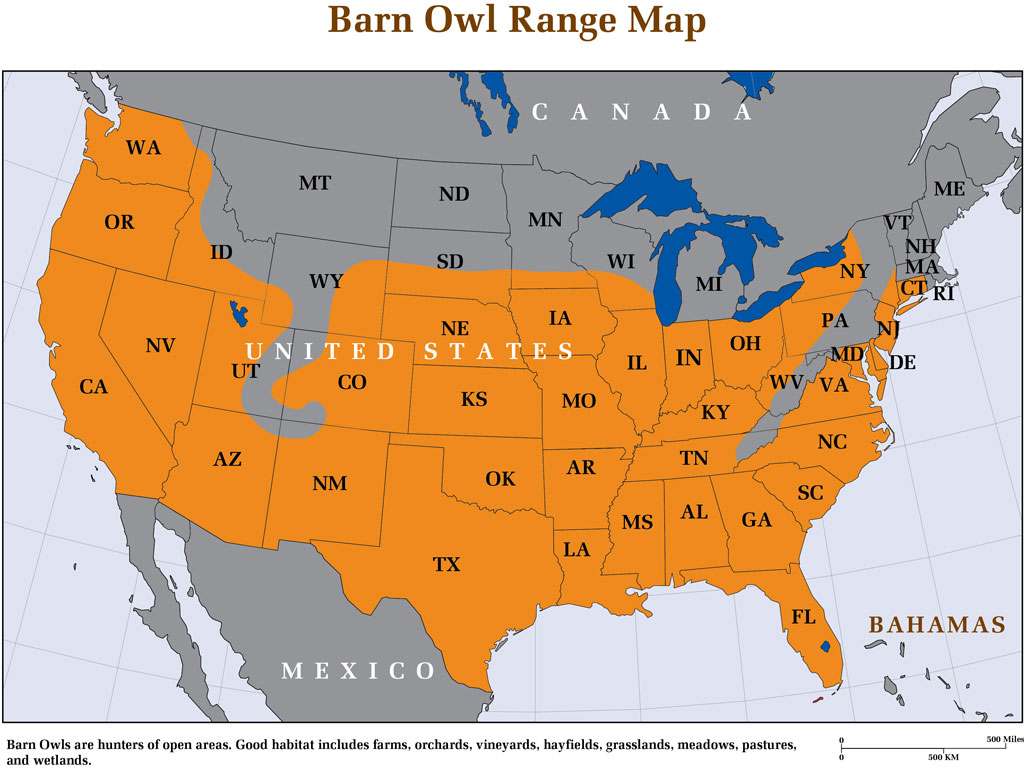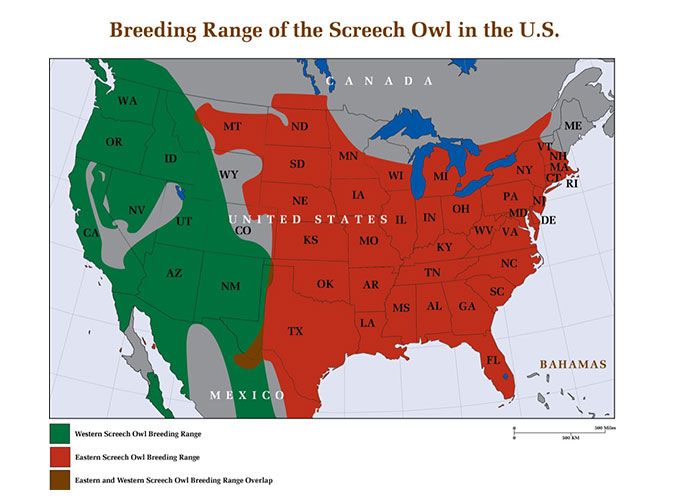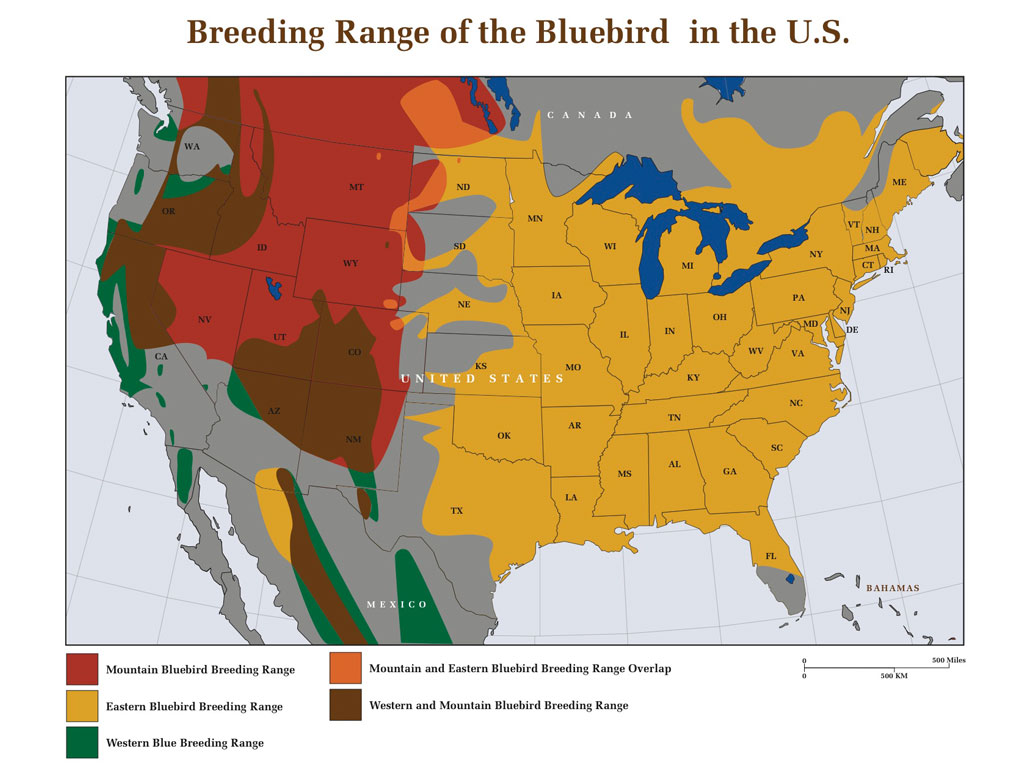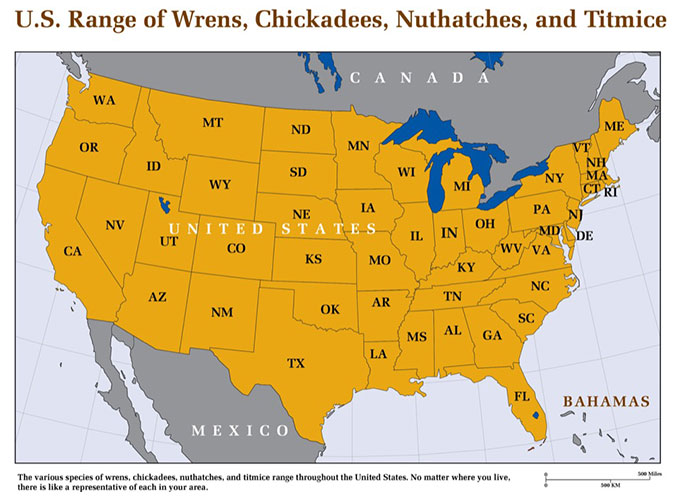Free Shipping to the Contiguous United States
Pennsylvania Barn Owls
Barn Owls in Pennsylvania
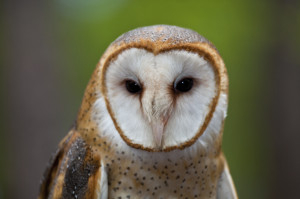 From shortly after the clearing of the forests by the first pioneers till the 1960’s, barn owls were common in the myriad small farms that dotted the countryside from east to west. Barns, sheds, abandoned buildings, and large dead trees provided nesting sites; and hedge rows, fallow fields, pasture, hay, and corn cribs provided habitat for high numbers of rodents. Nearly every barn in the state had its resident barn owls.
From shortly after the clearing of the forests by the first pioneers till the 1960’s, barn owls were common in the myriad small farms that dotted the countryside from east to west. Barns, sheds, abandoned buildings, and large dead trees provided nesting sites; and hedge rows, fallow fields, pasture, hay, and corn cribs provided habitat for high numbers of rodents. Nearly every barn in the state had its resident barn owls.
Since those days, Pennsylvania has undergone the same regional decline in barn owls as many other northern states. The causes are many, but include changes from small farms to larger enterprises that farm more intensively, the replacement of wooden barns by metal ones that do not allow access, and the switch from pasture and hay to corn and soy. Today, populations are doing well in the south-central and northeastern-central sections–state biologists recently indicated they had located 178 confirmed nests, but there are many counties for which there are no observed nest sites (some of these, in the north-central region, are heavily forested and are unsuitable for barn owls.) See map below.
Nonetheless, Pennsylvania still has a great deal of excellent habitat, many counties where hay is the dominant crop, and plenty of old wooden outbuildings still standing. The state’s CREP program has been establishing natural grassland in many areas, which is the barn owl’s prime habitat, and barn owl populations in neighboring Ohio have been increasing due to an intensive nest box program there. So, barn owls may very well increase in the state over time and nest boxes installed near good habitat (pasture, grasslands, wetlands, orchards, and fields) are recommended.
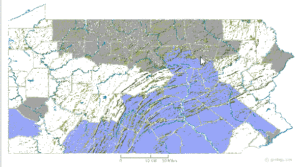
The conclusion reached by researchers that barn owls are continuing to decline was based on comparison of the 1984-89 and 2004-08 Breeding Bird Atlas surveys. In the 1984-89 survey, barn owls were discovered in 251 survey blocks. This dropped to 117 blocks in 2004-08. More recently, the Pennsylvania Game Commission had been recording an average of 11 active nests annually in Montour, Columbia, and Northumberland Counties; these decreased to six in 2014 and five in 2015.
Such figures would easily lead to the conclusion that a steady decline was occurring. However, the high number of severe snowstorms that swept across the region in the years between the two surveys needs to be considered. No less than nine heavy blizzards struck the northeast in those intervening years, six of them striking Pennsylvania. Each of these six storms dropped ten to forty inches of snow on the state. The Superstorm of 1993 blanketed Pennsylvania with 24 to 40 inches of snow in one day.
Such heavy snowfall that lasts for many days in sub-freezing conditions undoubtedly comes close to wiping out entire state barn owl populations. Populations in surrounding states were equally devastated. These snowstorms occurred in rapid succession: 1993, 1996, 2003, 2004, 2005, and 2007. After each storm, the decimated barn owl population had to rely on fresh immigrants from other states to rebound, but the almost yearly blizzards were recurring setbacks to populations of a bird that is not adapted to survive in conditions of deep snow. So, the numbers in the two surveys may only show a short term reduction, and not be indicative of a long term, continuing trend. In other words, barn owl populations are naturally dynamic and current trends may not be indicative of the long term health of a population.
The Game Commission has increased its research, confirming active nests and monitoring successful fledging. Over 1000 young owls have been banded so that any owls recovered later might yield clues about their movements and longevity. If you know of any barn owls in your area, are interested in installing nest boxes, contact wildlife biologist Richard Fritsky at 570-879-2575 or rfritsky@pa.gov.

